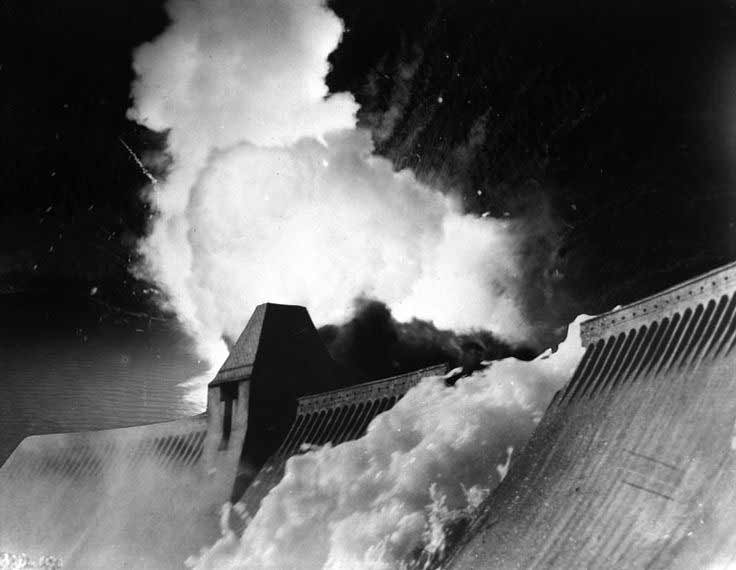How a little-loved — but critical component — of your RVing life needs a little more regular attention.
What do you think the worse possible situation could be when we’re cleaning out a customer’s holding tanks? Oh, yes, ***that*** has happened and it was terrifying. But there was another time when something happened almost as bad.
We were working a large rally last summer with plenty of back-to-back jobs. That can be a good thing, but also bad — especially when there’s a problem. Well, we had a problem. And it’s key to today’s lesson.
The service call was going well.
I emptied the customer’s tanks, preparing for the cleaning. Equipment was set up. I went through the process with the customer. And then I began the cleaning.
Now, our cleaning process doesn’t put a lot of water into the tanks. It’s the force — or power — of the jetting water that scrubs and cleans the inside of the holding tanks. But overall, there’s not a huge volume of water that goes into the tanks at this stage of the cleaning.
Once we’re done with our power cleaning, we always back flush each tank, using the Valterra Flush King backflush valve. Unlike your RV’s onboard black tank spray system, this valve allows water to flood back up into the holding tanks, filling them in just a matter of minutes.
This process of quick-filling your tanks — then emptying them — pulls leftover and kicked-up waste and sediment from your tanks. It’s our last step in getting your tanks “factory clean.”
It also means that a lot of water comes back out of your tanks when we empty them. And we go through this process of quick-filling and emptying three or more times for you black tank and maybe a couple of times for your gray tanks.
Here’s where the story gets interesting.
Now this customer wasn’t a frequent RVer. He would go out a few times a year, but not for extended periods of time. He also owned the RV for quite a number of years.
As I started emptying his tanks after backflushing, his sewer hose — or, as we call it, the stinky slinky — kept breaking. Over and over and over.
And over again.
Water containing waste from his black tank would gush all over the place. His rig’s black tank was 60 gallons. That’s 480 pounds of pressure driving out kicked up toilet paper, crap, and other stuff from his black tank. Talk about a mess. That kept happening each time the sewer hose broke.
So I would quickly close the drain valve pull and then we’d cut out the break and splice his hose back together. Pull the valve and the sewer hose would break again. Over and over.
The message here is that your sewer hose — the stinky slinky — is a fairly fragile component of your RV’s waste system. People step on it or trip over it. It gets coiled up. Extended. Compressed. Extended again. And over time, the plastic the hose is made of can start to degrade and break down, thinning and weakening.
A good rule of thumb is to replace them every 36 months. If you’re a full-timer, make that 24 months. And always keep a back-up in case your’s breaks or you are at a site where the in-ground sewer drain is a bit farther away than typical.
We like the Valterra Dominator RV sewer hose. It’s heavy duty (23 mils thick, thicker than the “standard” sewer hose), has locking fittings (which are super strong), and features UV-stabilized poly construction — the hose stays flexible down to -30 degrees Fahrenheit. There are 20′ extension hoses
, 10′ extension hoses
, and even shorter, 2′ compartment hose
for your RV’s wet bay.
Pay attention to your stinky slinky. Failing to do so can make a dreaded part of RVing even worse.
Note: This blog article contains links to affiliate-sponsored products. By purchasing these products through the links provided, you incur no additional costs, but Kleen Tank gains a very small commission which helps us to defray costs of writing, maintaining, and presenting these educational articles ongoing. Thanks for supporting us!

